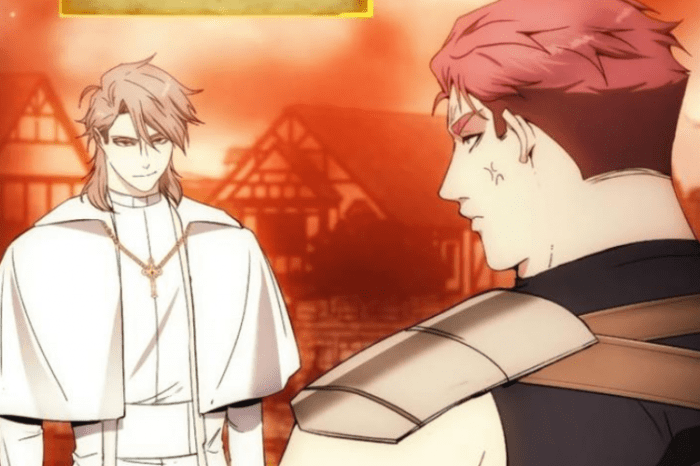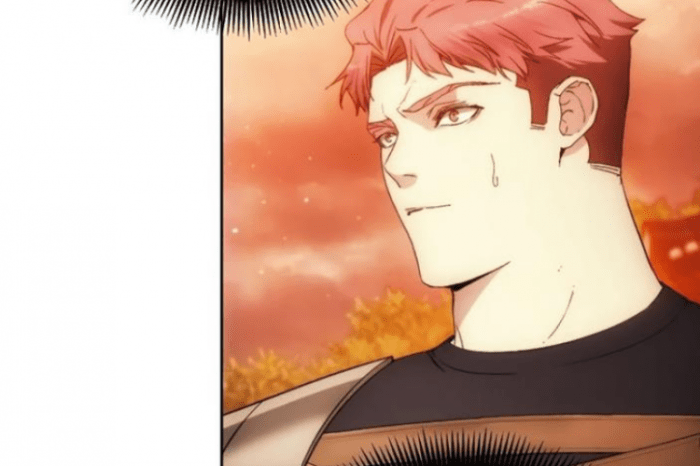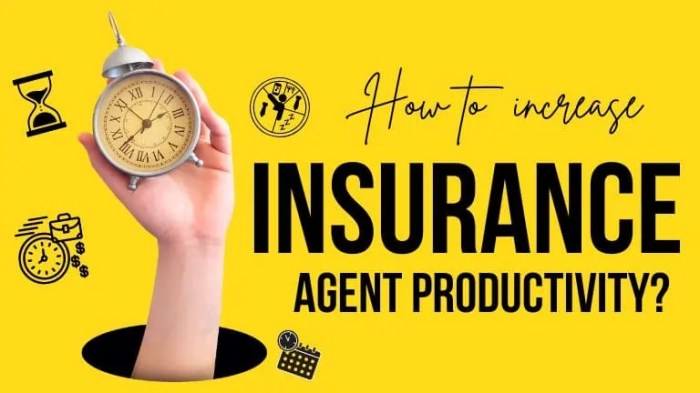
How to live as a villain ch 94 – Dive into the depths of villainy with “How to Live as a Villain: Chapter 94”! This chapter will guide you through the intricate tapestry of a villain’s motivations, personality, backstory, lair, and relationships. Brace yourself for a captivating journey into the dark side.
From the villain’s core beliefs to their emotional complexities, we’ll unravel the psychological forces that shape their actions. We’ll explore the significance of their lair as a symbol of power and influence, and delve into the dynamics between allies, enemies, and potential romantic interests.
Establishing the Villain’s Motivations
Understanding the motivations of a villain is crucial for creating a compelling and believable character. The villain’s motivations drive their actions and shape their entire being, making them a complex and engaging adversary for the protagonist.
The core beliefs and goals of the villain are the foundation of their motivations. These beliefs may be rooted in personal experiences, societal influences, or psychological factors. For example, a villain who believes that society is inherently corrupt may seek to overthrow the existing order and establish their own reign of terror.
Psychological Factors
Psychological factors play a significant role in shaping the motivations of a villain. These factors can include:
- Childhood trauma or abuse
- Mental illness
- Personality disorders
These factors can lead to a distorted view of reality, a lack of empathy, and a desire for power or control.
Consequences
The motivations of a villain can have devastating consequences for both themselves and others. The villain’s actions may lead to violence, destruction, and the loss of innocent lives. Additionally, the villain’s own psyche may be damaged beyond repair, leaving them isolated and alone.
Developing the Villain’s Personality: How To Live As A Villain Ch 94

The villain’s personality is a crucial element in crafting a compelling and memorable character. It shapes their motivations, actions, and interactions with others. To develop a well-rounded villain, it’s essential to delve into their personality traits, emotional state, and how these manifest in their behavior.
Strengths and Weaknesses
The villain’s strengths and weaknesses play a significant role in defining their character. Strengths can include intelligence, cunning, charisma, or physical prowess. Weaknesses, on the other hand, can be emotional vulnerabilities, moral dilemmas, or physical limitations. Balancing these aspects creates a complex and relatable character.
For example, a villain with a brilliant mind may be able to outsmart their opponents but struggle with emotional connections. A physically imposing villain may be formidable in combat but vulnerable to manipulation.
Emotional State
The villain’s emotional state influences their actions and decision-making. They may be driven by anger, hatred, or a desire for revenge. Understanding the emotions that fuel the villain’s motivations provides depth and nuance to their character.
For instance, a villain consumed by anger may lash out violently, while a villain driven by grief may seek solace in destruction.
Interactions with Others
The villain’s personality manifests in their interactions with others. They may be manipulative, charming, or intimidating. Their relationships with other characters reveal their motivations and values.
For example, a villain who is skilled at manipulation may use flattery to gain the trust of others, while a villain who values loyalty may be protective of their followers.
Crafting the Villain’s Backstory

Delving into the villain’s past is crucial for comprehending their motivations and actions. A compelling backstory should provide insights into their origins, formative experiences, and the events that shaped their malevolent path.
If you’re looking for a thrilling and suspenseful read, check out how to live as a villain ch 94 . This chapter continues the captivating story of a young woman who finds herself on a dangerous path. As she navigates a world of deceit and betrayal, she must confront her own morality and decide how far she’s willing to go to achieve her goals.
Don’t miss out on this gripping tale of love, revenge, and the consequences of ambition.
Explore key incidents and encounters that have left an enduring impact on the villain’s character. Consider the role of trauma, abuse, societal influences, and personal failures in molding their psyche.
The Role of Trauma
- Examine the impact of traumatic events on the villain’s development, such as childhood abuse, witnessing violence, or experiencing loss.
- Consider how trauma can lead to feelings of anger, resentment, and a desire for retribution.
The Influence of Abuse
- Analyze the effects of physical, emotional, or psychological abuse on the villain’s psyche.
- Explore how abuse can warp a person’s sense of self-worth, leading to a need for control and dominance.
Societal Influences
- Examine the role of societal factors, such as poverty, discrimination, or lack of opportunity, in shaping the villain’s worldview.
- Consider how societal injustices can foster feelings of resentment and a desire to subvert the established order.
Creating the Villain’s Lair
The villain’s lair serves as a physical manifestation of their power and influence. It is a place where they can plan their evil schemes, conduct experiments, and torture their victims. The lair’s location, design, and security measures all reflect the villain’s personality and motivations.
Location
The location of the lair is often chosen for its strategic value. It may be hidden in a remote area, such as a cave or abandoned warehouse, or it may be located in the heart of the city, where the villain can easily access their targets.
Yo, check out how to live as a villain ch 94! This chapter is all about how to deal with those pesky heroes who always try to ruin your evil plans. From mind games to physical confrontations, this chapter has got you covered.
So if you’re looking to up your villain game, be sure to give how to live as a villain ch 94 a read.
The lair’s location also reflects the villain’s personality. A villain who is secretive and paranoid may choose a hidden lair, while a villain who is flamboyant and attention-seeking may choose a lair that is more visible.
Design
The design of the lair is also a reflection of the villain’s personality. A villain who is technologically advanced may have a lair that is filled with computers and other gadgets. A villain who is more traditional may have a lair that is decorated with dark wood and leather.
The lair’s design also serves a functional purpose. It should be large enough to accommodate the villain’s activities, and it should be secure enough to protect them from their enemies.
Security Measures, How to live as a villain ch 94
The villain’s lair is often protected by a variety of security measures. These measures may include guards, surveillance cameras, and even booby traps. The security measures reflect the villain’s level of paranoia and the value of the information that they are keeping in their lair.
A villain who is particularly paranoid may have a lair that is heavily fortified, while a villain who is more confident may have a lair that is less secure.
Significance
The villain’s lair is more than just a place where they live and work. It is a symbol of their power and influence. The lair is a place where the villain can feel safe and secure, and it is a place where they can carry out their evil plans without fear of being caught.
The lair is also a place where the villain can display their wealth and power to their enemies.
If you’re looking for a good read, check out how to live as a villain ch 94 . It’s a great story about a guy who’s trying to live his life as a villain, but he’s not very good at it.
It’s a lot of fun to read about his misadventures, and it’s also a great way to learn about how to live as a villain if you’re ever interested in trying it yourself.
Developing the Villain’s Relationships
Crafting a compelling villain requires exploring their relationships with other characters. Understanding their allies, enemies, and romantic interests helps define their motivations, actions, and vulnerabilities.
The dynamics between these characters shape the villain’s journey, influencing their decisions and fueling their ambitions. Betrayal, loyalty, and power struggles create complex relationships that drive the narrative forward.
Allies
- Identify the villain’s trusted companions, who provide support, advice, and assistance in their schemes.
- Analyze the nature of these alliances, considering the motivations and loyalties of each ally.
- Explore the potential for betrayal and conflict within these relationships, as allies may have their own agendas or conflicting interests.
Enemies
- Determine the villain’s primary antagonists, who oppose their goals and threaten their plans.
- Analyze the motivations and abilities of these enemies, as they drive the conflict and challenge the villain.
- Consider the potential for alliances and shifting loyalties among enemies, as circumstances and betrayals can reshape the balance of power.
Romantic Interests
- Identify potential romantic partners for the villain, who may provide emotional support, distraction, or manipulation.
- Analyze the dynamics of these relationships, considering the motivations and desires of both parties.
- Explore the potential for love, betrayal, and power struggles within these romantic entanglements, as they can profoundly impact the villain’s actions.
Summary

As we conclude this chapter, we’ve gained invaluable insights into the art of crafting a compelling villain. From their motivations to their relationships, we’ve uncovered the essential elements that make a villain both formidable and fascinating. Remember, the path of villainy is fraught with challenges, but it’s also an opportunity to explore the depths of human nature and create characters that will leave a lasting impact on readers.
FAQ Explained
What is the significance of the villain’s lair?
The villain’s lair serves as a symbol of their power and influence. It’s a place where they can plan, experiment, and execute their evil schemes.
How do the villain’s relationships impact their actions?
The villain’s relationships can both strengthen and weaken them. Allies can provide support and resources, while enemies can pose threats and challenges. Romantic interests can add a layer of complexity and vulnerability.


